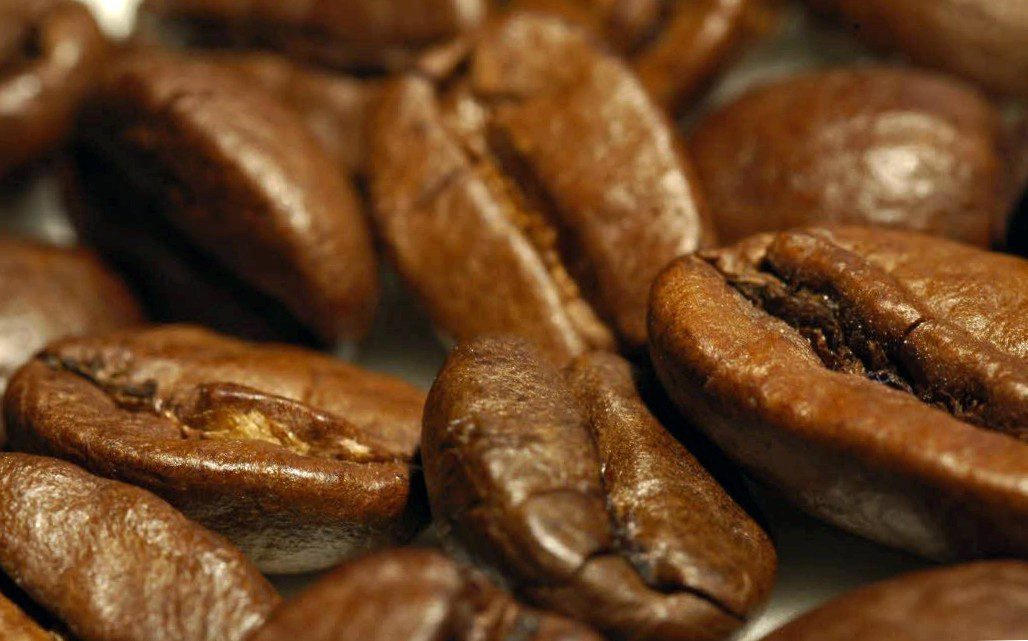
Filtering coffee is still the most practical method of making coffee. According to the german coffee association, 76 percent of germans drink the black brew this way. "The most classic is the hand filter made of plastic or porcelain, into which a filter bag is inserted", explains britta zietemann, deputy executive director of the association. The filter is placed on a pot or cup, filled with coffee grounds and then infused. Filter machines do the same automatically.
Always reusable for filtering by hand are so-called permanent filters with ultra-fine plastic or metal sieve insert. "For reasons of hygiene and taste, they have to be cleaned intensively after each use", says zietemann. Coffee contains oils that cannot be removed with water alone.
Another possibility is the karlsbad jug. It consists of three parts. "Coarse ground coffee goes into a porcelain strainer that sits on top of the pot", zietemann explains. "On top of that, there is an attachment into which the water is poured in portions."
It all sounds quite simple. But you can also do a lot wrong. This begins with the selection of the right coffee grounds for filtering. "For 70 percent of the taste, the product is responsible", says klaus langen, president of the german rostergilde. Even on the coffee plantation, a lot can go wrong – just like in winegrowing. The roaster is only the refiner. "You can’t rust good coffee. But you can not make bad coffee rust good in any case." A favorable price should by no means be the deciding factor for the purchase.
The next thing is the right amount of coffee powder. About 60 grams per liter of water is recommended, according to experts such as coffee book author johanna wechselberger. If you want it to be more flavorful, use a little more. It is best to buy the coffee in the whole bean and always grind it fresh as needed, he added. "Grinding makes the surface much coarser, and the aromas are lost." This can at least be contained if you always grind the amount you want to brew at the moment. The grind should be fine or medium-fine – better for the karlsbad pot, zietemann adds.
Who filters by hand, should preheat the pot or the cup. "You need to keep the temperature loss as low as possible so you don’t lose any flavor", explains long. If you do not want to filter by hand, you should buy a "nice and proper filter machine" topping up. These brew with constant water temperature – important for the taste. Devices from the grabbeltisch are unsuitable: "they have a flow heater, which brings the water at the beginning maybe to 78 degrees and at the end to 120 degrees."
According to experts like barista thomas schweiger, the ideal infusion temperature of the water is 92 to 96 degrees. "Watch the boiling point. The time has come when the water begins to bubble. It must not bubble." Because then the so-called carbonate hardness of calcium and magnesium in the water is destroyed. It is necessary, however, because the coffee aromas dock there. Too soft water makes coffee too sour, too hard too bitter. Water filters can be a remedy in this case. "Then the minerals remain in it, which are more flavorful in the coffee", supplemented zietemann.
Brewing is also an art in itself. "Moisten the coffee grounds first", advice zietemann hand filtering people. "Then pour a gush on top, let the water run through and then top up with the rest in portions." Flavors and acids dissolve better this way.
"Do not let more water than needed pass through", adds wechselberger. "If the coffee tastes too strong, heat extra water and dilute it with the exact amount of coffee powder", advice from the coffee expert from vienna. Otherwise, substances from the powder will get into the beverage that are not wanted in it – a danger that also exists with the so-called stamp press pot or french press, because some water still remains in connection with the coffee powder there.
Although it’s ultimately a matter of taste what’s good and what’s bad filter coffee, says zietemann. But it should smell good, not stale or just plain nothing. The most important thing is that it is enjoyed freshly brewed," says zietemann. "Do not keep it warm for more than 30 minutes, otherwise the coffee will lose all the essential flavors", she recommends.